



Overview
-
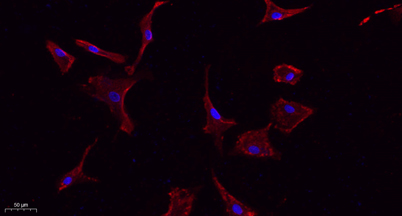 Immunofluorescence analysis of A549. 1,primary Antibody(red) was diluted at 1:200(4°C overnight). 2, Goat Anti Rabbit IgG (H&L) - Alexa Fluor 594 Secondary antibody was diluted at 1:1000(room temperature, 50min).3, Picture B: DAPI(blue) 10min.
Immunofluorescence analysis of A549. 1,primary Antibody(red) was diluted at 1:200(4°C overnight). 2, Goat Anti Rabbit IgG (H&L) - Alexa Fluor 594 Secondary antibody was diluted at 1:1000(room temperature, 50min).3, Picture B: DAPI(blue) 10min. -
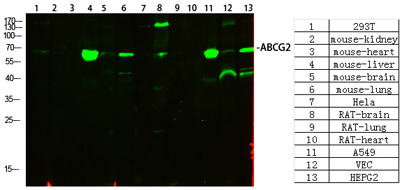 Western Blot analysis of various cells using primary antibody diluted at 1:1000(4°C overnight). Secondary antibody:Goat Anti-rabbit IgG IRDye 800( diluted at 1:5000, 25°C, 1 hour)
Western Blot analysis of various cells using primary antibody diluted at 1:1000(4°C overnight). Secondary antibody:Goat Anti-rabbit IgG IRDye 800( diluted at 1:5000, 25°C, 1 hour) -
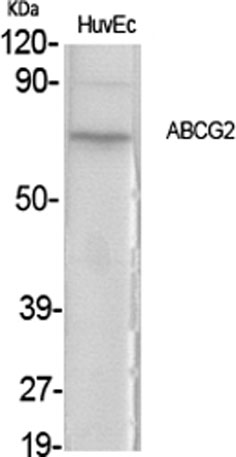 Western Blot analysis of various cells using ABCG2 Polyclonal Antibody
Western Blot analysis of various cells using ABCG2 Polyclonal Antibody -
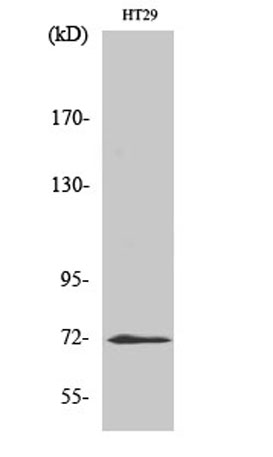 Western Blot analysis of HT29 cells using ABCG2 Polyclonal Antibody
Western Blot analysis of HT29 cells using ABCG2 Polyclonal Antibody
关闭
在线咨询
Online consultation
-
在线咨询
-
技术支持

关注微信公众号

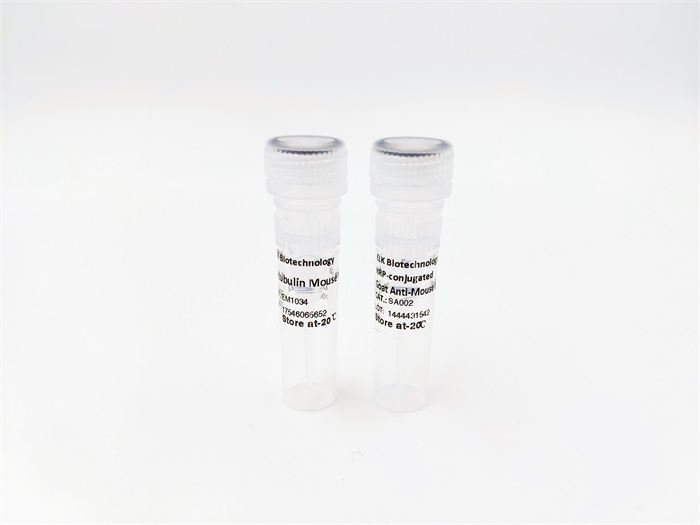

 下载说明 ①
下载说明 ①


